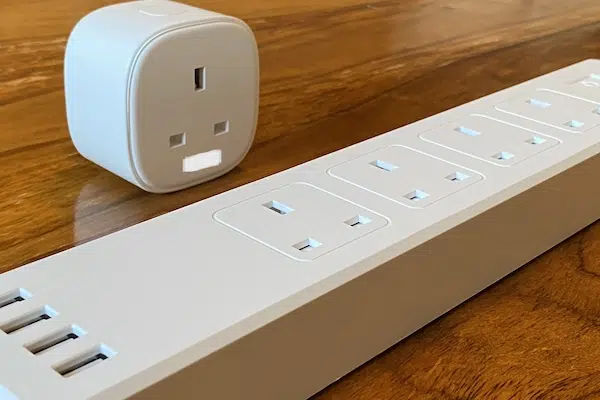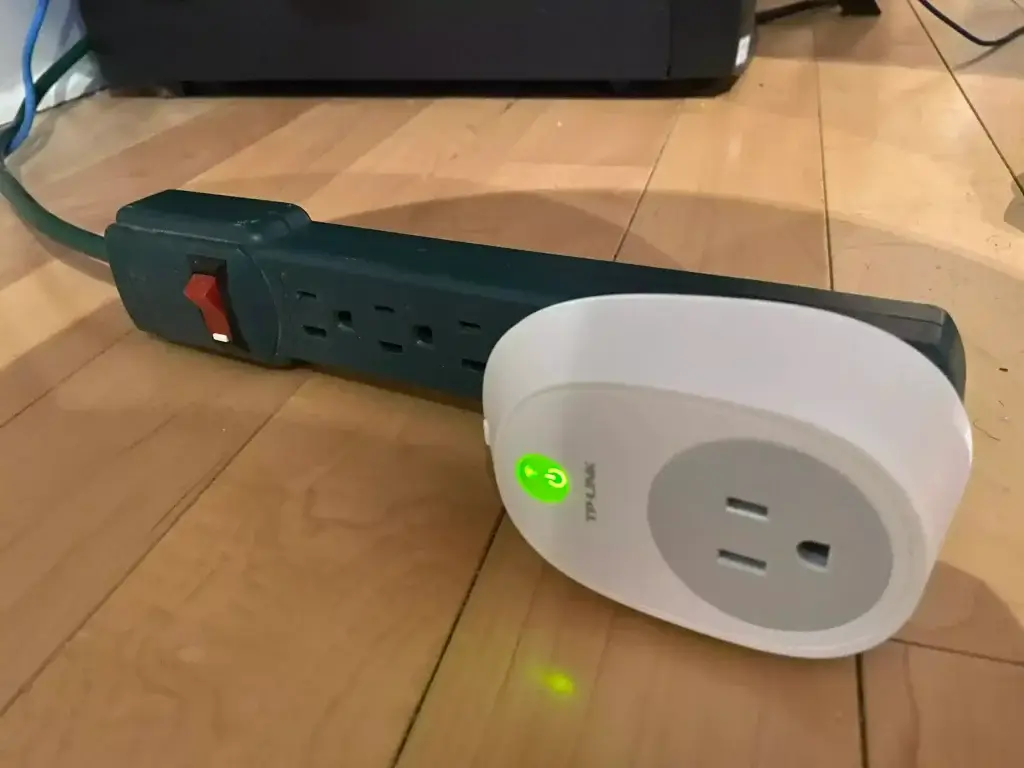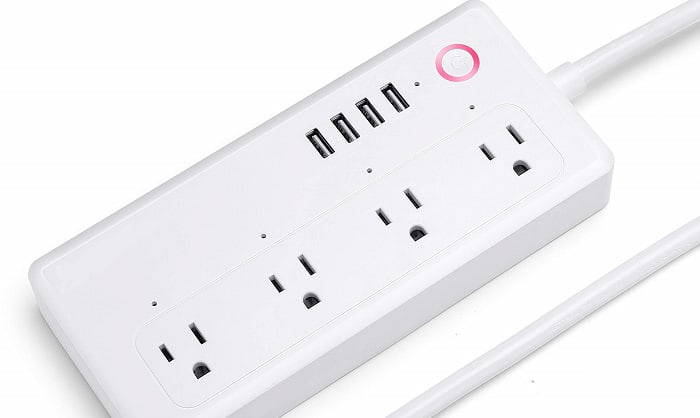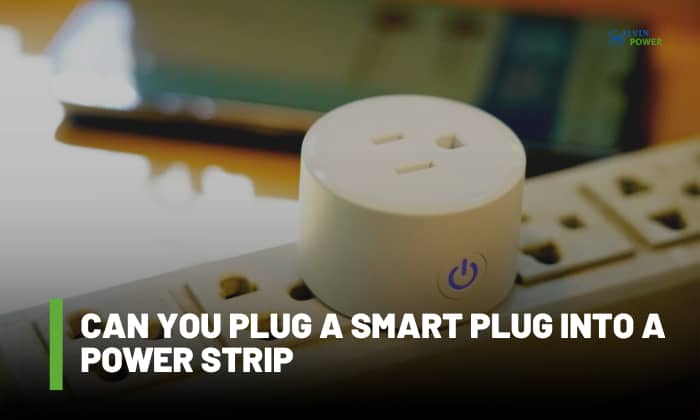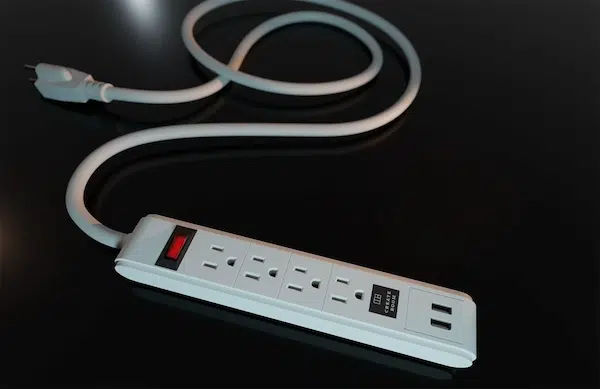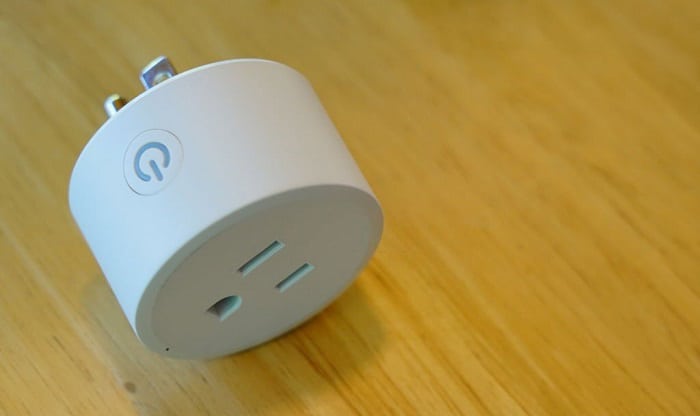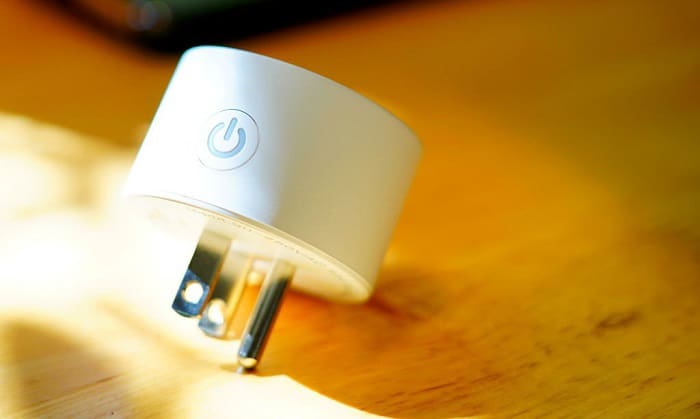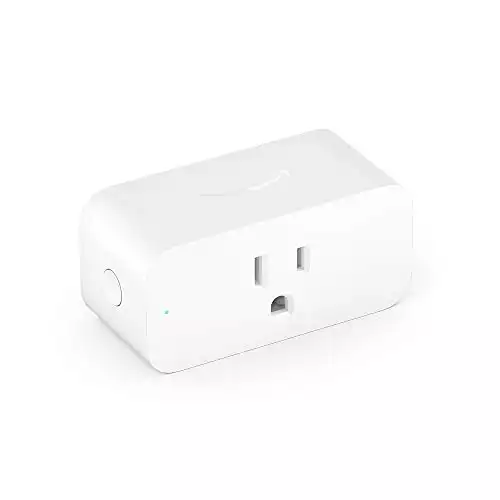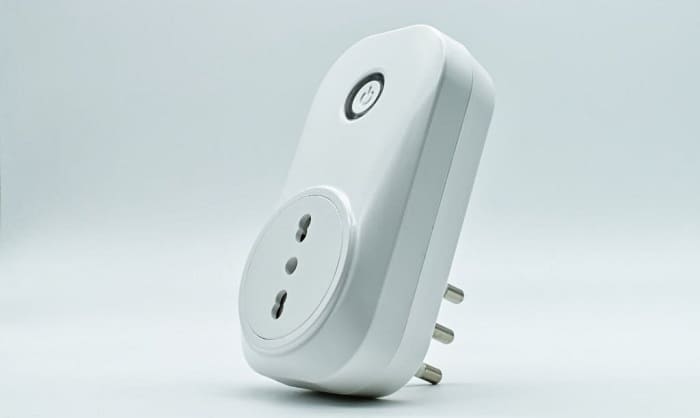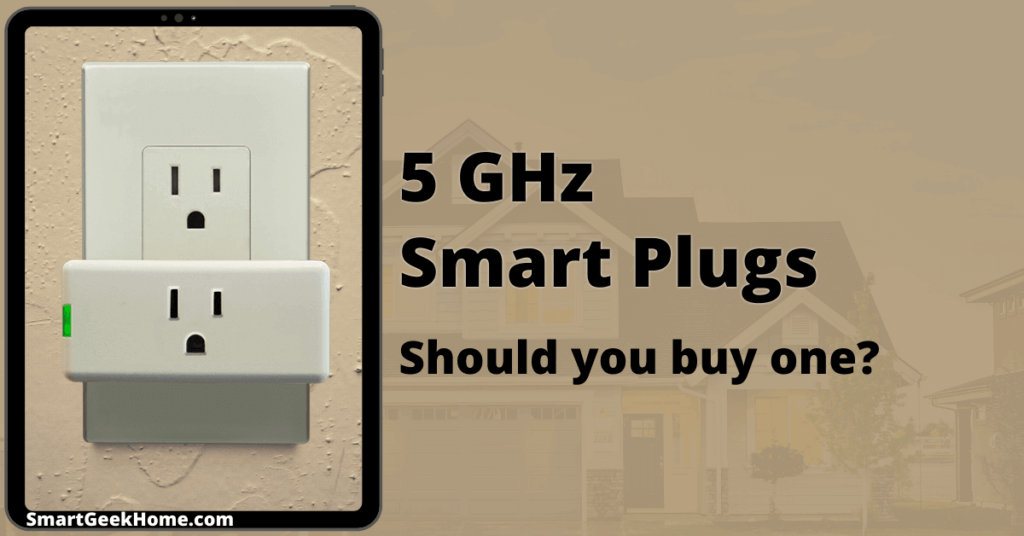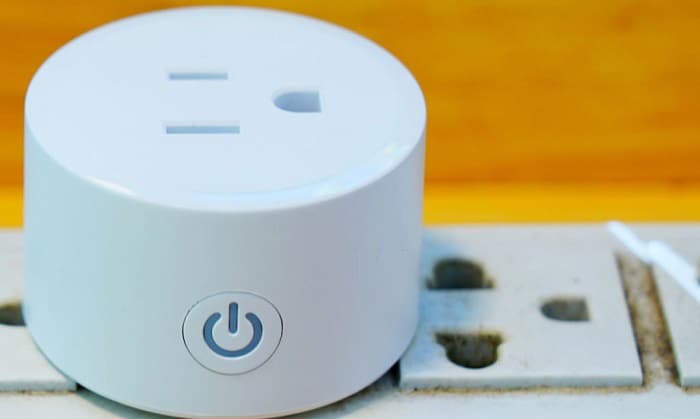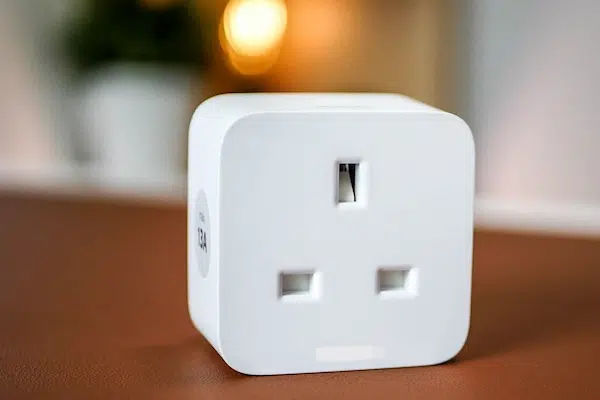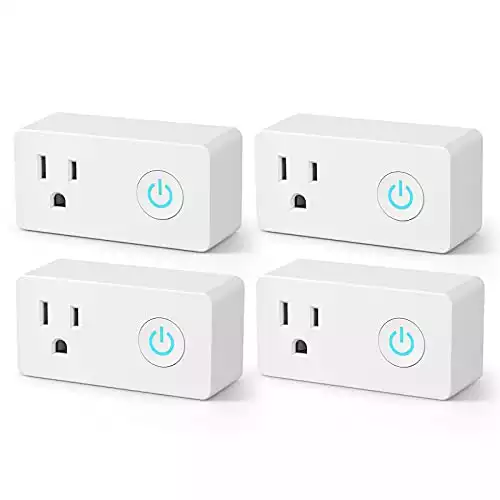Can You Plug A Smart Plug Into A Power Strip

The convenience of smart home technology is undeniable, but integrating it safely into our existing electrical infrastructure requires careful consideration. A common question arises: can you plug a smart plug into a power strip? The answer, while seemingly simple, demands a nuanced understanding of electrical loads, safety standards, and the capabilities of both devices.
The core issue revolves around the potential for overloading circuits and creating fire hazards. While seemingly convenient, daisy-chaining electrical devices can easily exceed the maximum amperage a circuit is designed to handle. Ignoring these limits can have serious consequences, turning a smart home upgrade into a dangerous situation.
Understanding the Basics: Power Strips, Smart Plugs, and Electrical Load
A power strip is essentially an extension cord with multiple outlets, often incorporating surge protection. Their primary function is to provide more outlets from a single wall socket.
Smart plugs, on the other hand, offer remote control and scheduling capabilities for plugged-in devices. They add intelligence to standard appliances, allowing users to manage energy consumption and automate tasks.
Electrical load refers to the amount of power, measured in watts or amps, that a device draws from the electrical circuit. Every circuit breaker in your home is rated for a specific amperage, typically 15 or 20 amps. Exceeding this rating can trip the breaker or, in more severe cases, cause a fire.
The Potential Pitfalls: Overloading and Surges
Plugging a smart plug into a power strip isn't inherently dangerous, but it introduces the risk of exceeding the power strip's or the circuit's maximum load. Each device plugged into the smart plug adds to the overall load on the power strip and the wall circuit.
Most power strips have a maximum amperage rating, usually around 15 amps. This rating should be clearly printed on the device. Exceeding this rating can cause the power strip to overheat, potentially leading to a fire.
Surge protection is another factor. While some power strips offer surge protection, plugging one surge protector into another can degrade the effectiveness of the surge protection.
Expert Opinions and Safety Guidelines
Electrical safety experts generally advise against daisy-chaining power strips or plugging high-power devices into them. The Electrical Safety Foundation International (ESFI), a leading non-profit organization dedicated to promoting electrical safety, emphasizes the importance of understanding the load capacity of circuits and avoiding overloading.
According to an ESFI statement, "Overloading outlets and extension cords is a major cause of residential fires. Never plug one extension cord into another, and don’t overload extension cords or outlets with too many appliances." This advice extends to the use of smart plugs with power strips.
Licensed electricians often recommend calculating the total wattage of all devices plugged into the power strip and ensuring it doesn't exceed the power strip's rating or the circuit's rating. If the total wattage is close to the limit, it's best to redistribute the load to other outlets or circuits.
Best Practices for Smart Plug and Power Strip Usage
To safely use smart plugs with power strips, consider the following best practices.
Calculate Total Load:
Determine the wattage or amperage of each device you plan to plug into the smart plug. Add these values together to calculate the total load.
Check Ratings:
Verify the amperage rating of both the power strip and the circuit breaker for the outlet. Ensure the total load does not exceed either of these ratings.
Use Heavy-Duty Power Strips:
If you need to plug multiple devices into a power strip, opt for a heavy-duty power strip with a higher amperage rating and built-in surge protection.
Avoid High-Power Devices:
Refrain from plugging high-power devices, such as space heaters, hair dryers, or power-hungry appliances, into power strips. These devices should ideally be plugged directly into a wall outlet.
Monitor for Overheating:
Periodically check the power strip and smart plug for any signs of overheating, such as a burning smell or discoloration. If you notice anything unusual, immediately unplug the devices and consult an electrician.
Alternative Solutions and Future Trends
If you need to control multiple devices with smart technology, consider alternative solutions such as smart power strips, which are specifically designed with built-in smart functionality. These devices often provide individual outlet control and energy monitoring features.
Another option is to install additional outlets or dedicated circuits to accommodate your growing smart home needs. This is a more permanent solution that can improve the overall safety and efficiency of your electrical system.
The future of smart home technology is likely to see more integrated solutions that prioritize safety and energy efficiency. Expect to see more advanced power strips with built-in load monitoring and automatic shut-off features to prevent overloads. Additionally, look for smart plugs and appliances with improved energy management capabilities.
Conclusion: Prudence is Paramount
While it is technically possible to plug a smart plug into a power strip, it's crucial to exercise caution and prioritize safety. Understanding the electrical load and the ratings of both devices is paramount. Overloading circuits can lead to serious consequences, including fires.
By following the recommended best practices and considering alternative solutions, you can safely integrate smart technology into your home without compromising your safety. When in doubt, consult a licensed electrician for personalized advice.
